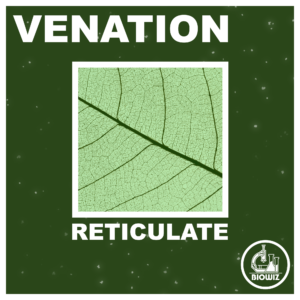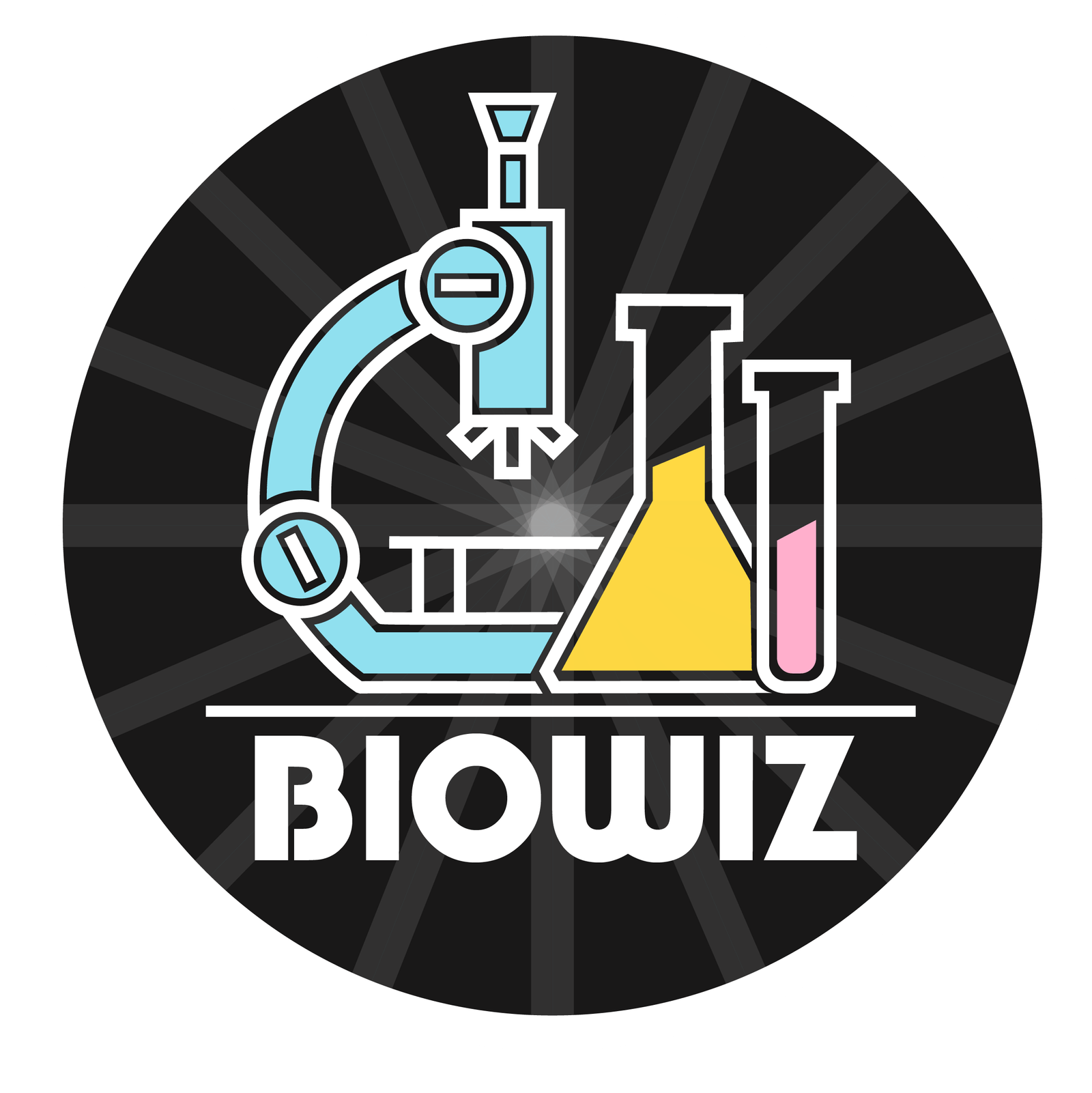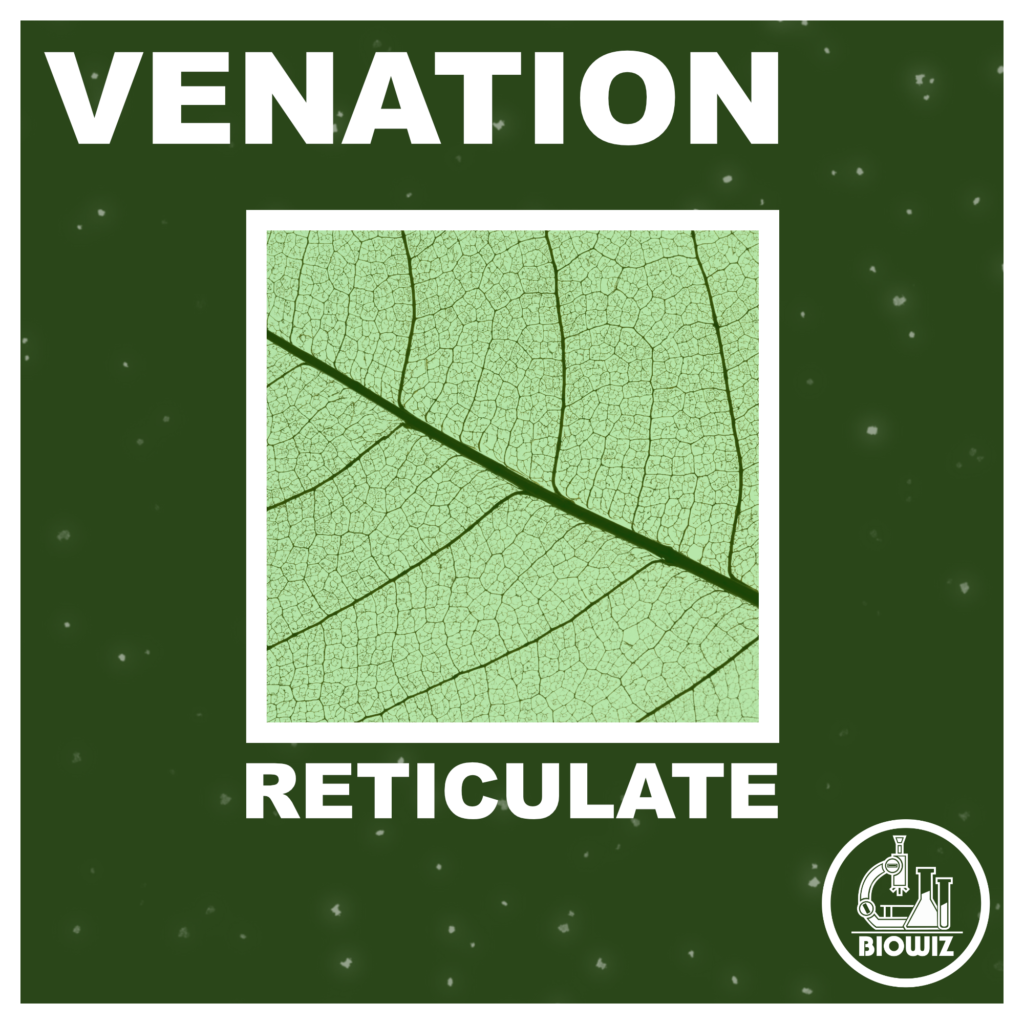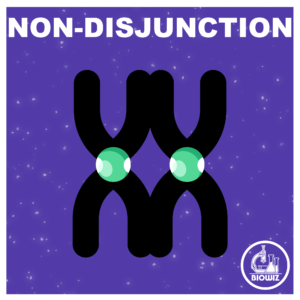IMPORTANT POINTS
- Leaf is a green and dorsiventrally flat organ of the plant.
- Leaf arises at the nodes of the stem or its branches and grows laterally.
- Leaf is the main photosynthetic part in most of the plants.
- Leaf usually bears a bud in its axil called Axillary bud.
PARTS OF LEAF
The main parts of the leaf includes:
- Leaf base
- Petiole
- Lamina
LEAF BASE
- Point of attachment of leaf to the stem
- In leguminous plants, leaf base is swollen and is called Pulvinus. Turgor Pressure differences in the Pulvinus causes Seismonasty and Nyctinasty in these plants
- In Monocots, leaf base forms a sheath which covers the stem either partially or wholly.
- Stipules- Small lateral leaf like structures growing at the leaf base. Can either be present (Stipulate) or absent (Exstipulate).
PETIOLE
- Represents the stalk of the leaf.
- Long, thin and flexible structure.
- Helps to hold the Leaf Blade to light.
- Allows the leaf to flutter in the wind.
LAMINA/ LEAF BLADE
- Green expanded part of the leaf with veins and veinlets.
- Contains the photosynthetic mesophyll cells
- The middle prominent vein known as Midrib along with veins and veinlets provides rigidity to the leaf blade and acts as channel for transport of water, minerals and food.
TYPES OF LEAVES
Leaves can be divided into two types:
- Simple leaf
- Compound leaf
SIMPLE LEAF
- In a Simple Leaf, either the incisions are absent or if present, then do not reach the midrib.
- Axillary bud is present at the axil of petiole.
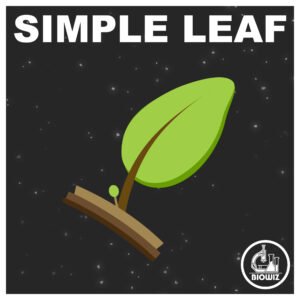
COMPOUND LEAF
- In a Compound Leaf, the incisions reaches the midrib and the lamina is divided into a number of leaflets.
- Axillary bud is present at the axil of petiole but absent at the axil of leaflets.
- Compound leaf are divided into two types on the basis of arrangement of leaflets:
- Pinnately Compound: Number of leaflets are present on a common axis called Rachis which represents the midrib of the leaf.
- Palmately Compound: The leaflets are attached at a common point i.e. at the tip of the petiole.
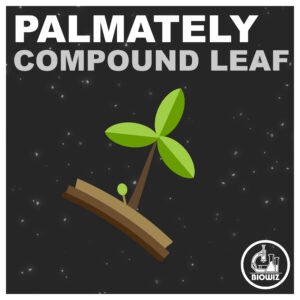
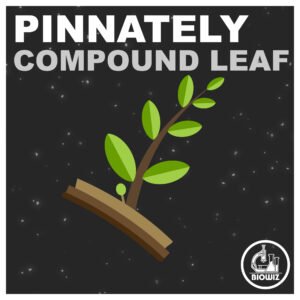
TYPES OF VENATION IN LEAVES
The arrangement of veins and veinlets in the leaf blade is called Venation. Venation can be divided into two types:
- Parallel Venation
- Reticulate Venation
PARALLEL VENATION
- Veinlets forms a criss-cross network in the lamina.
- Present mostly in Monocots
- Exception- Dicot with parallel venation in leaves- Calophyllum

RETICULATE VENATION
- Veins runs parallel to each other within a lamina.
- Present in Dicots
- Exception- Monocot with reticulate venation in leaves- Smilax, Dioscorea
